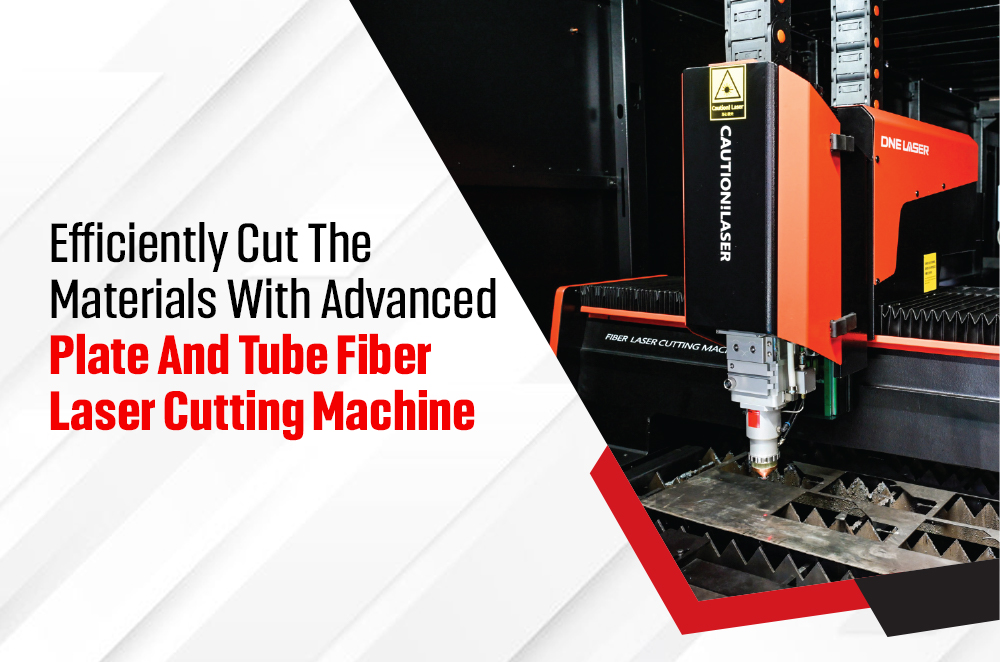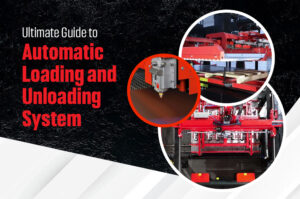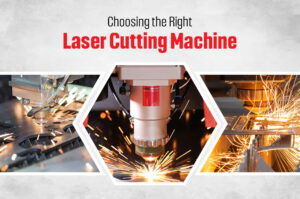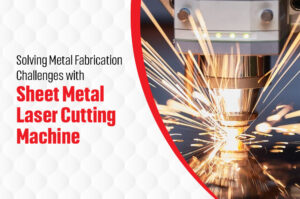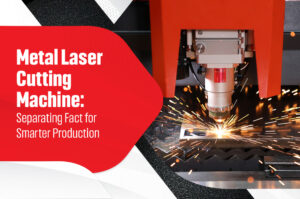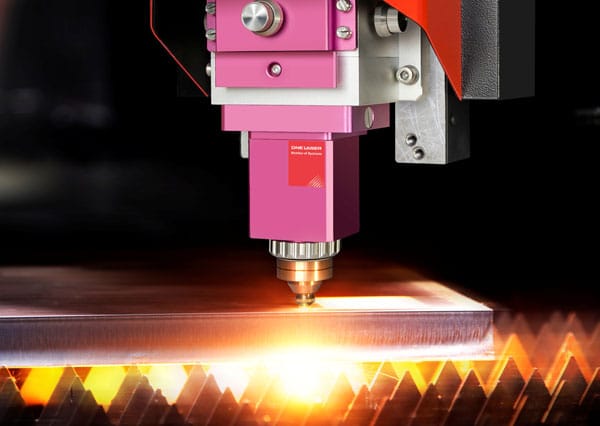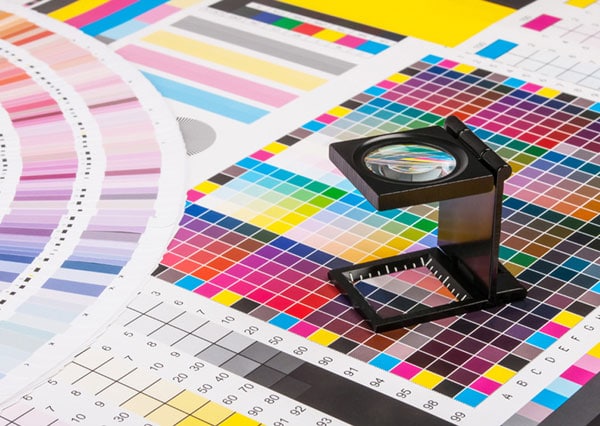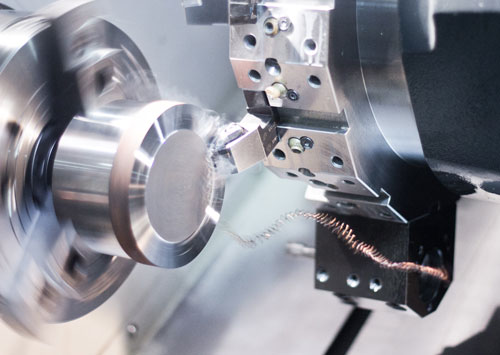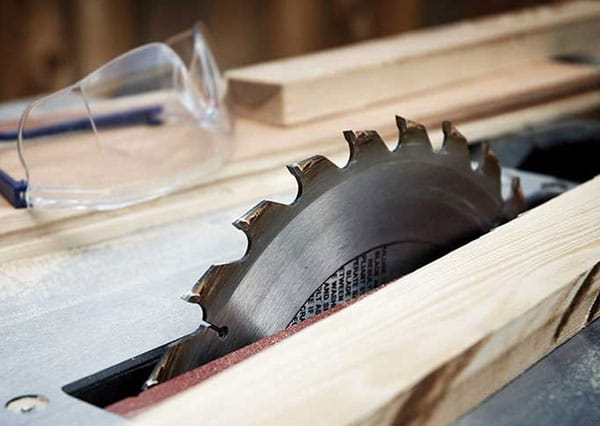Plate and tube fiber laser cutting machine can be termed as game changers in manufacturing by providing immense precision coupled with high and efficient speed. These machines work with high-level laser cutting to work on metal plates along with a high level of accuracy on the metal tubes as well. This will do away with a lot of industries such as the aerospace industries, automobile manufacturing industries as well as construction industries, which require a lot of cutting.
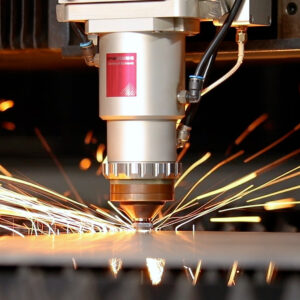
Thus, this process becomes preferred for manufacturers due to the speed and general flexibility that fiber laser cutting provides. In contrast, fiber lasers can treat different materials and thicknesses at once, thus, increasing the speed of production and decreasing the amount of waste. It also effectively reduces tendencies of high maintenance costs of assets and generally boosts productivity. This means that in the future, fiber laser cutting machine and similar high-quality and high-speed production tools are going to be necessary for industries in today’s economy. This shows their increasing relevance in determining the future of industrial processes that they are part of.
Differences Between Fiber Lasers and Other Types of Lasers
Lasers that are used in cutting vary in type. The most used include the fiber laser and the CO2 laser. Here’s a closer look at their differences:
Fiber Lasers:
Technology: Fiber lasers attract the laser beam through optical fibers containing rare-earth adding elements, for instance, ytterbium. Absorbing and reflecting laser light in these fibers makes the intensity of the light high as it goes through the fibers.
Advantages: Fiber lasers are highly efficient and which leads to lower operational costs and this also leads to less power consumption. The varieties that excel in cutting metals and perform with high dexterity in cutting thin metals of various thicknesses. Fiber lasers are also characterized more by a longer lifespan in operation and lesser downtime for maintenance when compared to a CO2 laser.
Applications: Suitable for cutting thin to moderately thick metals like stainless steel, aluminum, and titanium making it ideal for companies in aviation, car manufacturing, and making companies among others.
CO2 Lasers:
Technology: CO2 laser uses the gas mixture of carbon dioxide, nitrogen and helium for the generation of laser beam. Laser light is produced within a tube containing gas and is reflected through mirrors to the head that does the cutting.
Advantages: CO2 laser cutting machine are highly useful in cutting non-metals and some of the most common ones are wood, plastic, glass and textiles. They are also more efficient for cutting thicker articles in contrast to some fiber lasers though usually not as efficient for metal cutting.
Applications: Recommended for use in nonferrous materials applications and engraving applications in industries such as signage and packaging, textiles.
Components of a Laser Cutting Machine
Understanding the main components of a laser cutting machine helps in appreciating how they achieve their high precision and efficiency.
Laser Source:
Function: There is the laser source that is responsible for creating the laser beam that is utilized in the cutting line. In fiber lasers, this component comprises a fiber optic cable that has the rare–earth elements for amplification of laser light.
Features: Fiber lasers provide high beam quality and efficiency of the used energy. Laser source power level determines the rate at which a cutting operation takes place, and how capable the specific machine is.
Cutting Head:
Function: The cutting head aligns the laser beam in place onto the material. There is a lens for reducing the diameter of the laser beam to just a point and a nozzle for applying assist gases like oxygen or nitrogen to help in sweeping the molten material away from the cut.
Features: Accuracy in the cutting head is mandatory if thin and intricate cuts are to be made along with ensuring that the cuts made are neat and clean. Some types of cutting heads additionally have an autofocus, with which the focus of the beam can be regulated automatically.
CNC Control System:
Function: The main part of the laser cutting machine is the computer numerical control abbreviated as the CNC system. A CNC machine supports the movement of the laser head and the material according to the design file in place. It helps the laser to remain on the right path for the cut to take and to complete the required marking successfully.
Features: CNC systems relay the instructions of a designed workpiece through software to enable the machines to make precise movements. Some of the features may be in the form of online monitoring, self-tuning ability, and interconnectivity with other manufacturing systems.
Material Handling:
Function: The tools and systems that are employed to transfer and orient the material in the course of cutting fall under this component. Some of the material handling equipment are belts, tables and arms Such equipment handles material through belts, tables, and arms, respectively.
Features: Timely handling of the material makes the operation run smoothly since the material is in the right position to be cut in the right manner. It also assists in simplifying the loading and unloading procedures, which increases the efficiency of the business and decreases the need for manual work.
Applications of Laser Cutting Machines
Laser cutting machines are the solutions to the high precision and flexibility that are already transforming many industries. Here’s an in-depth look at how these machines are applied across various sectors:
Aerospace and Defense
Laser cutting machines are useful in the aerospace and defense industries. They are applied in creating accurate components of aircraft and defense equipment. For instance, laser cutting in the production of shafts, bladed discs, stators and various other parts as well as structural members such as blades and supports, and other small parts that must have stringent measures of manufacturing.
Benefits: The first benefit that one gets from the use of laser cutting technology in the aerospace and defense industry is accuracy. Features and dimensions of parts must be fairly precise, and utilizing a laser cutter enables this. Also, the characteristics of some materials for example, the titanium or aluminum with which a laser is used for cutting contribute to the production of more efficient and faster aircraft. This is especially beneficial for organizations that are in a position to execute procedures that involve cutting intricate designs in an efficient and cost-effective manner.
Automotive Industry
Owing to its accuracy, laser cutting is popularly applied in manufacturing car parts and tailoring automobile parts. It is utilized for cutting some of the parts like the chassis, the exhaust systems, and the body panels. Laser cutting is suitable for detailed and complex patterns that can improve the operational efficiency and the looks of the automobiles.
Examples: For example, through laser cutting development they are able to manufacture complex brackets and structural members for cars which are so vital in ascertaining the structural strength needed in automobiles without the addition of excess weight. The application of laser cutting also benefits other processes, including customizing parts of automobiles like trims or engraving a preferred design onto the car.
Benefits: Laser cutting enhances the quality of the parts developed and provides standard dimensions of the part thus enhancing the safety and performance of the vehicle. This also makes it possible to produce vehicles in smaller quantitative in a short time, which is advantageous especially if the manufacturer is producing a special model or, or a selective line of vehicles.
Architectural and Structural Engineering
Laser cutting has come a long way in changing the structural aesthetics of structures in architectural and structural engineering and construction designs such as the manufacture of structural beams, panels, and artistic designs. It is applied in operations such as cutting and etching of materials including steel, aluminum, as well as composites utilized in contemporary constructions.
Case Studies: Among them, it is necessary to mention the gilded steel in the facade of modern architecture, as well as special architectural shapes, such as the unique construction of skylights and railings. For instance, laser cutting could be applied in producing panels for screens in building facades which serve both the purpose of door and ornament.
Benefits: The primary benefit is the possibility then of creating very fine and intricate patterns that cannot be cut into boots in the normal manner. Laser cutting also entails repeatability and accuracy with regard to structural pieces in that one is guaranteed that the connection points will fit as required and perform their expected function.
Energy Sector
The use of laser cutting is compulsory in the energy sector where it is applied in the manufacturing of pipelines, turbines and miscellaneous energy products. It’s important to be able to smoothly work through thick materials as well as create accurate shapes for the construction of structures such as oil and pipelines as well as energy generation structures.
Applications: For instance, laser cutting is applied in the manufacturing of flanges, fittings and any other accessories that are needed in pipeline construction. Power plants also utilize laser cutting for great accuracy when it comes to turbine blades and other core components of the power plant.
Benefits: Laser cutting provides exact and intricate cutting which makes a component safe and efficient in its performance. Now, the high-speed cutting of complex forms eliminates extra steps, which ultimately saves time and money in energy infrastructure projects.
Medical and Healthcare
The laser cutting process is a significant aspect of the medical and healthcare industries since numerous kinds of tools, implants and various other medical instruments require it. The technological solution is accurate and requires clean processes to develop components that are hygienically and performance-wise fit for the intended application.
Applications: This can range from laser cutting of surgical instruments with almost artistic patterns on them to implants that are shaped in a certain way and medical equipment and devices produced in a specific design that fits a particular patient. Laser cutting is instrumental in creating such parts to the maximum level of precision, which is very important in the medical field.
Benefits: Laser cutting is very accurate and enables the creation of intricate and very fine components without having to cut out a lot of material. Also, lasers give medical devices smooth edges, thus avoiding extra finishing procedures, making medical devices efficient and effective.
Heavy Machinery and Equipment
In construction and the production of tractors and other related heavy metal and corrosion-resistant structures, laser cutting is used to produce these tough samples out of steel. It is also used in the cutting of frameworks or supports like frame brackets and several other components needed in structuring machinery.
Examples: This is especially used in creating tough parts for instance tractor frames, excavators and other parts of machinery that are demanded in difficult operations. The parts are made with high precision coupled with high durability, thereby making the machinery operate as required when it is under pressure.
Benefits: The main advantage reflected in the concept that certain parts can be fabricated with high tolerance and uniformity, is critical in the usage of heavy-duty machines. The use of laser cutting also assists in the manufacture of efficient parts which is very important when it comes to meeting the production schedules and or fulfilling the market requirement.
Custom Manufacturing and Prototyping
Laser cutting remains one of the critical practices in custom manufacturing and prototyping, as it means customized designs can be created at a fast pace. It applies to cutting a great number of materials hence it is suitable for making prototypes and specialty parts for different businesses.
Applications: The effectiveness of laser cutting in part production, affirms the quick development of products through the prototyping approach. It also includes custom manufacturing of parts or parts that are manufactured based on specific needs or specifications of the design, which is useful where consumer goods and industrial equipment are involved.
Benefits: The major benefit of laser cutting is that it is relatively faster thus enabling one to make changes to the design during the prototype development. It allows for creating custom designs with reasonable costs, and the prototypes and custom parts are accurate to the micro inch due to laser cutting.
Consumer Products and Electronics
In households and electronics industries, laser cutting is applied in the manufacturing of enclosures, frames and various parts of various consumer electronics. It contributes to the creation of complex patterns and small components needed in the current electronic devices.
Applications: This includes laser cut covers of hand-sets, Electronic devices and computer accessories among others. It is also applied to create detailed components of consumer goods, which serve as decorations or nontangible parts of the product.
Benefits: Laser cutting offers the tightest tolerances which makes the components well-fitted and functional, which are very important aspects of the efficiency of the electronic devices. Also, design details create consumer appeals and effectively focus on customization for the expression of consumer products.
Shipbuilding and Marine Engineering
Laser cutting for ship and marine engineering where parts for ship hulls, marine structures and offshore platforms are manufactured. The technology is appreciated for its high capability of cutting through materials of large thicknesses and manufacturing the shapes necessary for marine industries.
Case Studies: The following are major uses: the construction of enormous metal sheets that are applied on ship construction; and the manufacturing of structural parts for offshore facilities among others. Laser cutting comes in handy in achieving a precise cut and the strength of the areas of the marine’s structures.
Benefits: Laser cutting is precisely relevant to the strength of marine parts, and the best result is achieved through its accuracy. It presents the range of producing parts with high accuracy of dimensions and complications in their shapes necessary for marine engineering.
Creative Arts and Design
Laser cutting also has social and cultural applications since has been applied in the creative arts and design where has been adopted in metalwork, signage and decorative work. Many artists and designers prefer to use this technology in creating designs since it is difficult to develop such designs in the old ways.
Applications: Such products may be custom metal signs, decorative wall panels, stair or escalator artistic works, etc. The laser cutting allows for cutting precise designs and patterns from metal, wood or even from acrylic material.
Benefits: The main benefit is in the versatility of the option and the great degree of intricacy that can be gained in various artistic and decorative endeavors. Laser cutting is also versatile in the kind of designs that can be given preventing limitation in the production of designs.
Conclusion
Plate and tube fiber laser cutting machine are transforming how industries work by offering unmatched accuracy and speed. They are perfect for everything from making aircraft parts to creating custom designs in architecture and medicine. The technology behind these machines ensures clean and precise cuts, making them essential for high-quality manufacturing.
We at Business Point International UAE supply and install fiber laser cutting machines which makes us the preferred company in the region. The sophisticated machines and a team of experienced professionals are ready to assist you in your business or supply your company with the necessary materials to become even more profitable. Are you ready to increase your production by using advanced technologies and laser cutting machines? Please do not hesitate to contact us for more information on our products and how you can gain more from our services.

